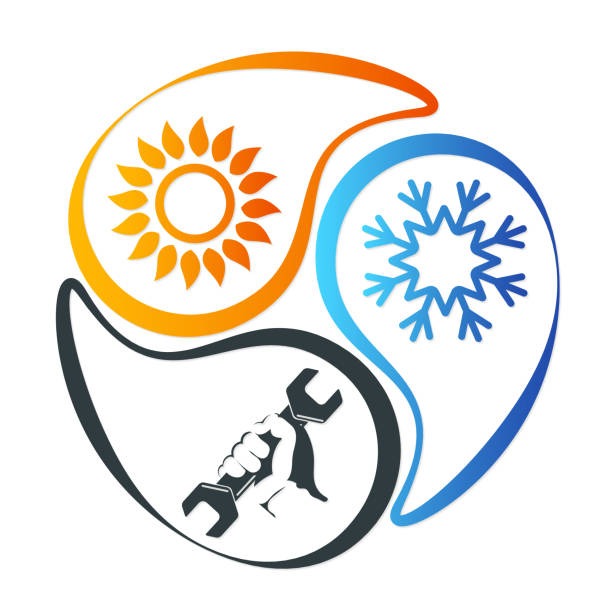When troubleshooting a beverage system, it’s important to identify what is wrong. This way, you can resolve the problem quickly and efficiently. Aside from basic maintenance, identifying the underlying cause of the issue can make all the difference in fixing a problem. So, we’ve compiled 5 common beverage system problems and tips for fixing the issues.
1. Everything Breaks Down Eventually
The most important thing you can do to keep your beverage systems running smoothly is to plan ahead. This means deciding what will happen if something breaks down in your restaurant or coffee shop, and who will be in charge of taking care of it. Quality control systems like the SpecMetrix(r) ACS coating thickness and film weight measurement system enable you to identify problems before they become costly downtime for your operation. Another essential is a good maintenance and repair tracking system that lets you keep track of your machines’ newest improvements, and which ones need replacing soonest. This will save you a lot of time and hassle later on and can be especially important if you have multiple restaurants or coffee shops that need to get their equipment repaired quickly.
2. Clogged Nozzles
Not only does a clogged nozzle restrict the flow of liquid, but it can also affect your product quality. To combat this, many spray nozzle manufacturers offer anti-clogging and self-cleaning nozzles. These nozzles have a purge piston that retracts when line pressure decreases to dislodge fibers and other solids from the orifice. And while this is not a solution for every clogging problem, it does help keep your beverage system running smoothly and can prevent the occurrence of more serious problems.
3. Slow-Turning Fan
A slow-turning fan can be frustrating if you are trying to cool a beverage. It creates weak airflow, which can be especially annoying when you are brewing iced tea or a milk shake. In addition, the blades of the fan can wobble and shake as they spin at low speed. This can also indicate a problem with the motor bearings or capacitor. Before calling a service technician, perform the following tests on the unit. First, try spinning the fan blades by hand, if it is difficult to turn, this could mean a bearing or lubrication issue. Next, listen for buzzing or grinding noises. This can be caused by a bad capacitor, shorted windings, or operating the fan on the wrong type of speed control.
4. Overheating
If your unit is taking longer than normal to cool and doesn’t hold its temperature for very long, it may be time for some troubleshooting. Generally, overheating occurs when heat dissipation is inadequate, which is often the result of poor design or manufacturing. The best way to avoid overheating is to properly maintain your system’s power, as well as ensure it has enough cooling and ventilation. This can be done by keeping the refrigerant charged, ensuring there are no leaks in the lines and making sure all hoses are properly sized for the job. If you have a larger problem, like an overheating compressor, you’ll want to hire a professional to fix the issue.
5. Water Leaks
Many of the problems we have seen with beverage systems involve leaks. These can be very dangerous if they lead to carbon dioxide leaks, which can cause a gaseous mixture to escape. If you notice a CO2 leak in your system, contact the company that installed it immediately. Another common problem that can be difficult to diagnose is water leaks in the distribution line taking water to your faucets or shower heads. These leaks can be hard to detect because they are not under pressure and may not appear to be dripping at all. Fortunately, you can easily check for these leaks by performing a water distribution audit during off-peak hours (such as very early in the morning). If water distribution increases while this is happening, this indicates that a leak is present in the pipeline system.
